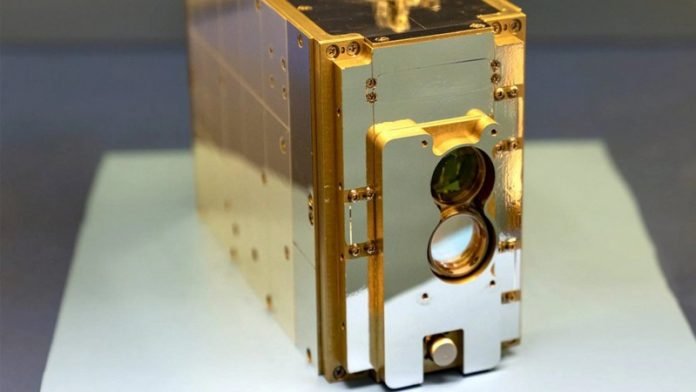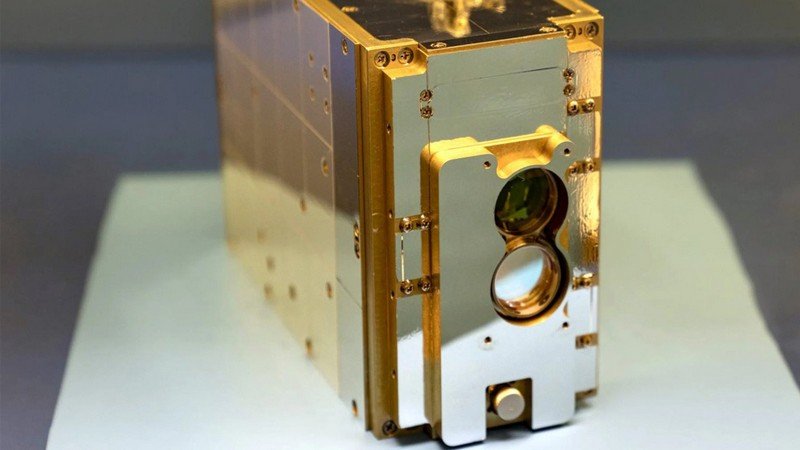

Satellite missions have long relied on radio frequencies for data transmission, but limitations in data capacity have become increasingly apparent. To address this bottleneck, NASA and MIT researchers have harnessed laser technology where their Pathfinder Technology Demonstrator 3 (PTD-3) recently achieved a ground-breaking feat by transmitting data to Earth at a record-breaking speed of 200 gigabits per second, marking a 1,000-fold improvement over existing systems. How does laser communication technology overcome the data capacity limitations of radio frequencies in satellite missions, what record-breaking achievement did PTD-3 accomplish, and what are the potential implications and applications of laser communication in future satellite missions?
Top Stories This Week
Hardware Business News
Ethernet At 50: Why It’s Still The Backbone Of Networking

Ethernet, the fundamental networking technology powering modern local area networks (LANs), has undergone remarkable transformations over the years. Starting as a research project in the 1970s, Ethernet has revolutionized connectivity and communication on a global scale. From its humble beginnings to its widespread adoption, Ethernet has shaped the digital landscape, and this week, Ethernet has reached 50 years old, demonstrating its abilities as a networking solution. How has Ethernet evolved from its early stages to become the backbone of modern LANs, what are the key milestones in Ethernet’s history, from the “Alto Aloha Network” to the development of Fast Ethernet and Gigabit Ethernet, and what does the future hold for Ethernet in terms of speed, scalability, and potential replacements, such as optical systems?
Serve Robotics To Deploy Up To 2,000 Sidewalk Delivery Bots On Uber Eats
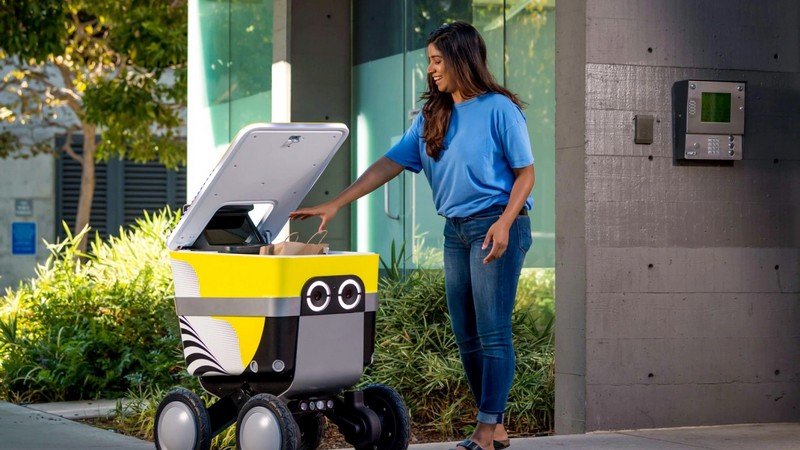
Serve Robotics, the autonomous sidewalk delivery robot company spun out from Uber, is extending its collaboration with Uber Eats. With the backing of Nvidia, Serve plans to deploy up to 2,000 of its adorable delivery robots via Uber’s platform across multiple U.S. markets. This expanded partnership not only validates Serve’s vision to commercialize autonomous delivery robotics on a large scale but also underscores Uber’s growing commitment to autonomy. How does Serve Robotics’ partnership with Uber Eats contribute to the mass commercialization of autonomous delivery robots, what are the recent developments in Uber’s commitment to autonomy, and what are the key features of Serve’s Level 4 autonomous sidewalk bots?
How Emerging Tech Could Mitigate Emerging Human Crises

The rapid advancement of emerging technologies holds immense promise for humanity, offering transformative solutions to complex challenges. However, these technologies also bring forth new dilemmas and considerations when confronted with human crises. In this article, we delve into the dynamic relationship between emerging technologies and the crises faced by humanity, shedding light on the opportunities they present and the ethical questions they raise. How can the adoption of artificial intelligence and automation revolutionize industries while addressing concerns about job displacement and ensuring the well-being of the workforce, what are the key considerations regarding data privacy and security in the context of the Internet of Things (IoT), and what are the ethical implications of biotechnology and genetic engineering?
Ultrasound Sensor Specialist Novosound Sees “Massive Opportunity” For Its Wearable Technology

Ultrasound sensor specialist Novosound is poised to make a significant impact in North American markets with its wireless wearable ultrasound platform. The company has successfully developed and commercialized various technologies that has applications in healthcare, wellbeing, and fitness monitoring, all of which align with the growing trend of accessible and wearable healthcare devices, placing them at the forefront of this revolution. How does Novosound’s wearable ultrasound technology contribute to the accessibility and advancement of healthcare devices, what potential benefits can be derived from Novosound’s commercial partnership agreement with PAVmed Inc. and their focus on intravascular imaging, and how does the addition of former Intel executive David Jolliffe as CFO enhance Novosound’s growth and expansion plans, particularly in North America?
Hardware Engineering News
The Revolutionary Potential Of Humane’s Wearable AI
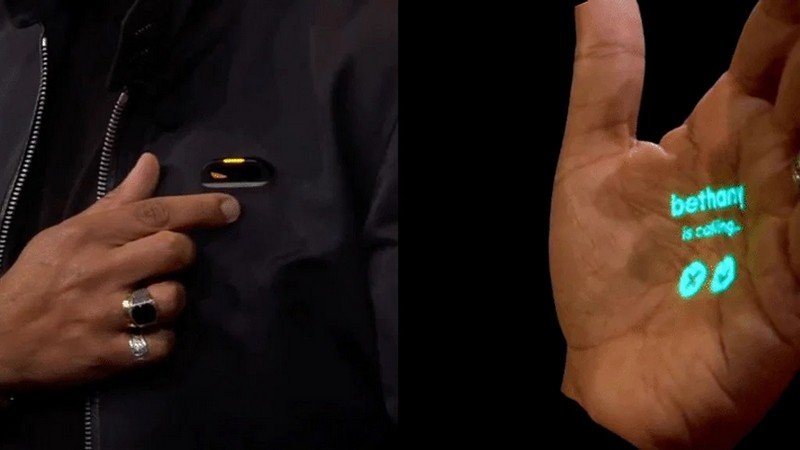
Humane, a secretive tech start-up founded by former Apple veterans, has recently unveiled its highly anticipated wearable AI technology. The company’s long period of secrecy has sparked curiosity within the tech community, and the revelation of their new product is causing quite a buzz in the tech industry. Positioned as a potential replacement for smartphones, this AI-powered wearable device offers users a unique, hands-free experience that aims to bridge the gap between individuals and the technology that surrounds them. How does Humane’s wearable AI device differentiate itself from traditional smartphones, what are some of the design and functionality features of the device, and what concerns and questions have been raised by critics and the tech community regarding the practicality, functionality, privacy, and real-world usability of Humane’s wearable AI?
Wound Sensors Trials Start: A Step Towards Reducing Diabetes-Induced Amputations
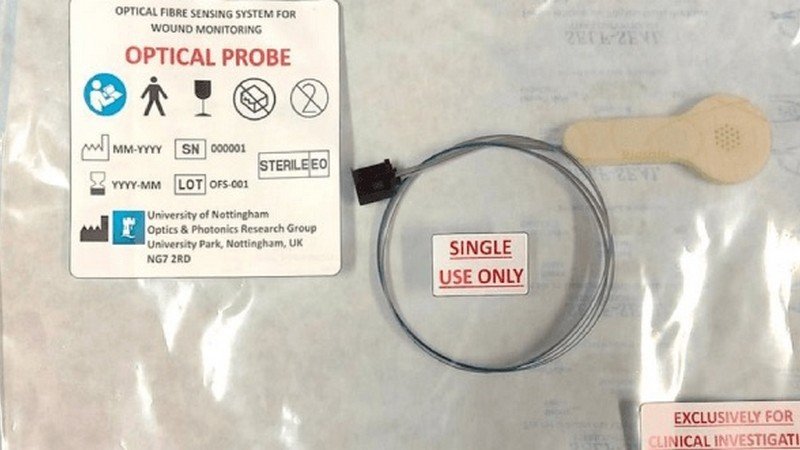
The challenges posed by diabetes, especially in relation to wound management, are significant as those with diabetes face the risk of secondary infections, which can lead to severe complications if left untreated. To address this issue, researchers from the University of Nottingham have secured £900K in funding to develop smart wound sensors. These sensors aim to detect whether a wound is healing or infected, helping to minimize damage caused by secondary infections in diabetic patients. What specific challenges does diabetes present to the NHS, particularly in terms of wound management and the risk of secondary infections, how do the researchers from the University of Nottingham plan to use electronics to determine if a wound is infected, and what potential impacts could these smart wound sensors have on healthcare, patient care, and the economic burden on the NHS?
Samsung To Officially Unveil Its 3nm And 4nm Technologies In June
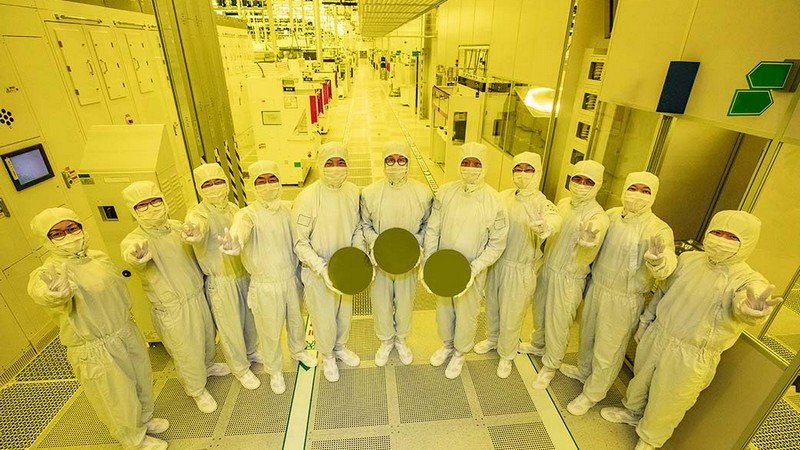
Samsung, a prominent player in the semiconductor industry, is gearing up to reveal its highly anticipated 3nm and 4nm technologies at the VLSI Symposium 2023 in June. In its pursuit of competing with industry leader TSMC and expanding its foundry business, Samsung aims to showcase the benefits of its SF3 and SF4X processes, offering significant advancements over their predecessors. As the event approaches, tech enthusiasts and industry experts eagerly await the official announcements to gain deeper insights into Samsung’s technological advancements and the potential impact on the market. What are the advantages of Samsung’s SF3 and SF4X processes, how does the SF3 process compare to Samsung’s first-generation 3nm technology, and which companies are potential clients for Samsung’s latest technologies?
Hardware R&D News
How Self-Healing Lenses Could Prevent Self-Driving Car Accidents
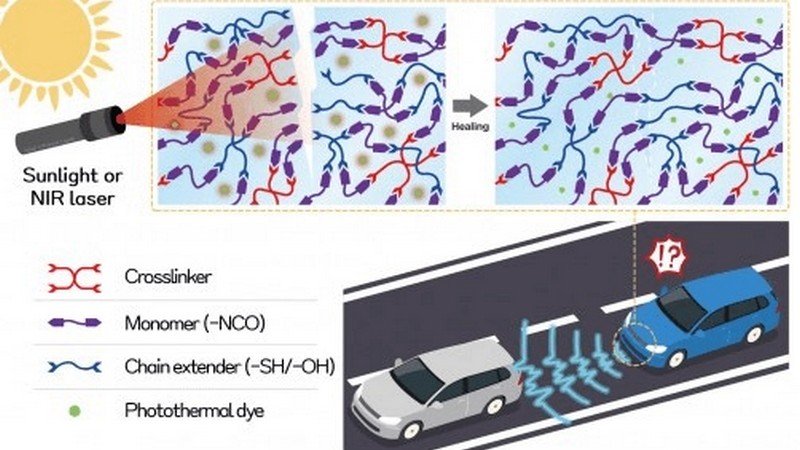
Autonomous vehicles heavily rely on advanced sensor systems like LiDAR and cameras to navigate their surroundings. However, damage to these sensors’ lenses can pose challenges and even contribute to traffic accidents. Addressing this issue, researchers from Korea have made a breakthrough by developing a lens with self-healing properties which has the potential to enhance safety in self-driving systems. What challenges do optical scanning systems face in the context of autonomous vehicles, how did the researchers develop a self-healing lens for camera and LiDAR systems, and in what ways can this self-healing lens improve safety and reliability in future self-driving systems?
New 3D Stretchable Electronics Can Advance Organ-On-Chip Technology

Engineers from UNSW Sydney have made a ground-breaking discovery in the field of flexible electronics by developing systems on ultra-thin, skin-like materials. This breakthrough opens up new possibilities for stretchable 3D structures to function as semiconductors, potentially revolutionizing organ-on-chip technology and reducing the reliance on animal testing in medical research. How do flexible electronic nanomembranes offer advantages for organ-on-chip technology, what is the process behind creating these flexible electronic systems, and what are the potential applications of this technology in healthcare and biomedical fields?
Open-Source Hardware News
Samsung Joins RISC-V To Challenge ARM’s Stranglehold
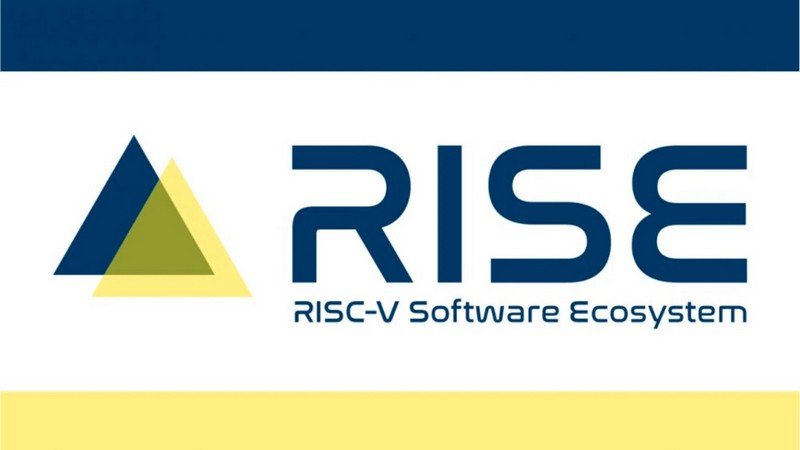
Recently, Samsung Electronics announced its participation in the RISC-V Software Ecosystem (RISE) project, alongside Intel, Nvidia, and Google, with the aim to develop an open-source semiconductor software system, thereby reducing reliance on British chip designer ARM. By collaborating on the creation of royalty-free, open-source licenses for semiconductor architecture, the tech giants seek to decrease costs and mitigate the dominance of a single chip designer in the industry. What is the motivation behind the RISC-V Software Ecosystem (RISE) project, why are chipmakers and tech companies interested in RISC-V software, and how does Samsung Electronics plan to contribute to the project?
